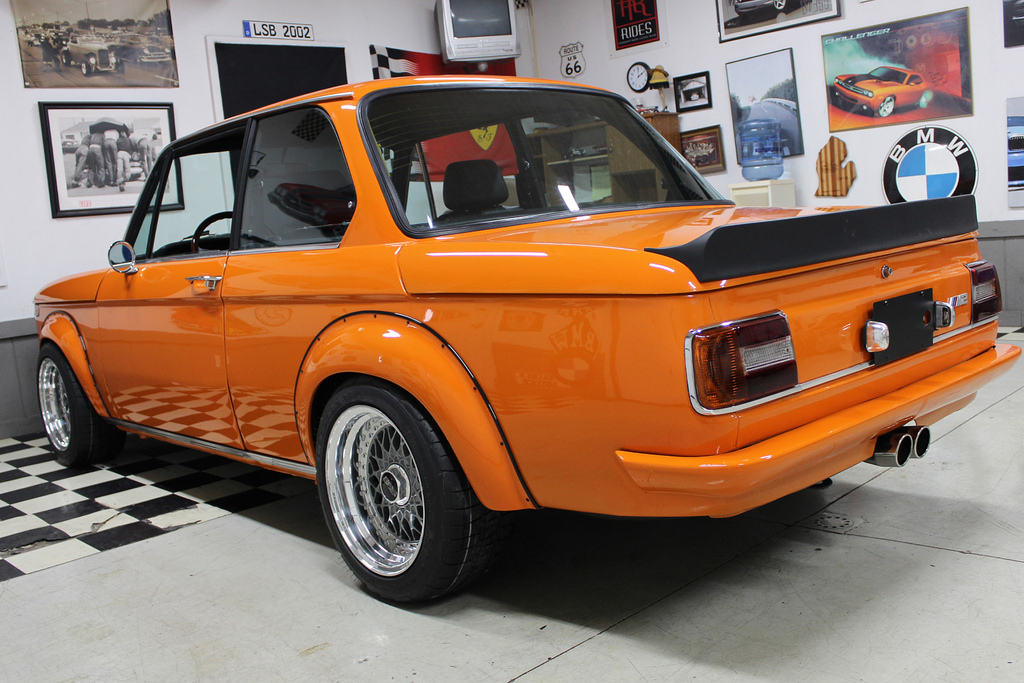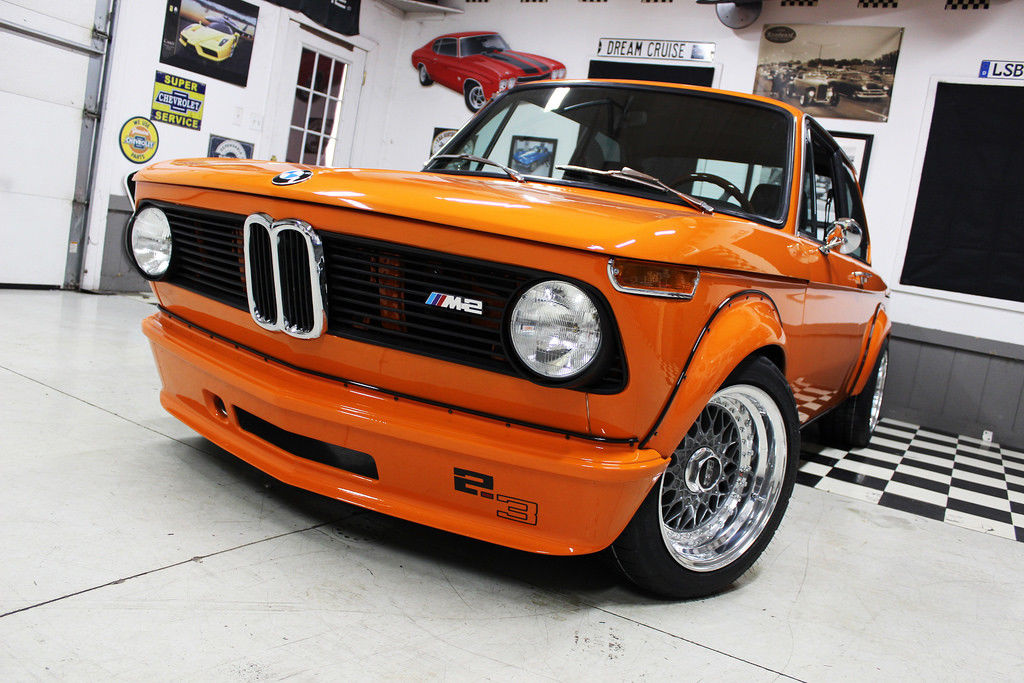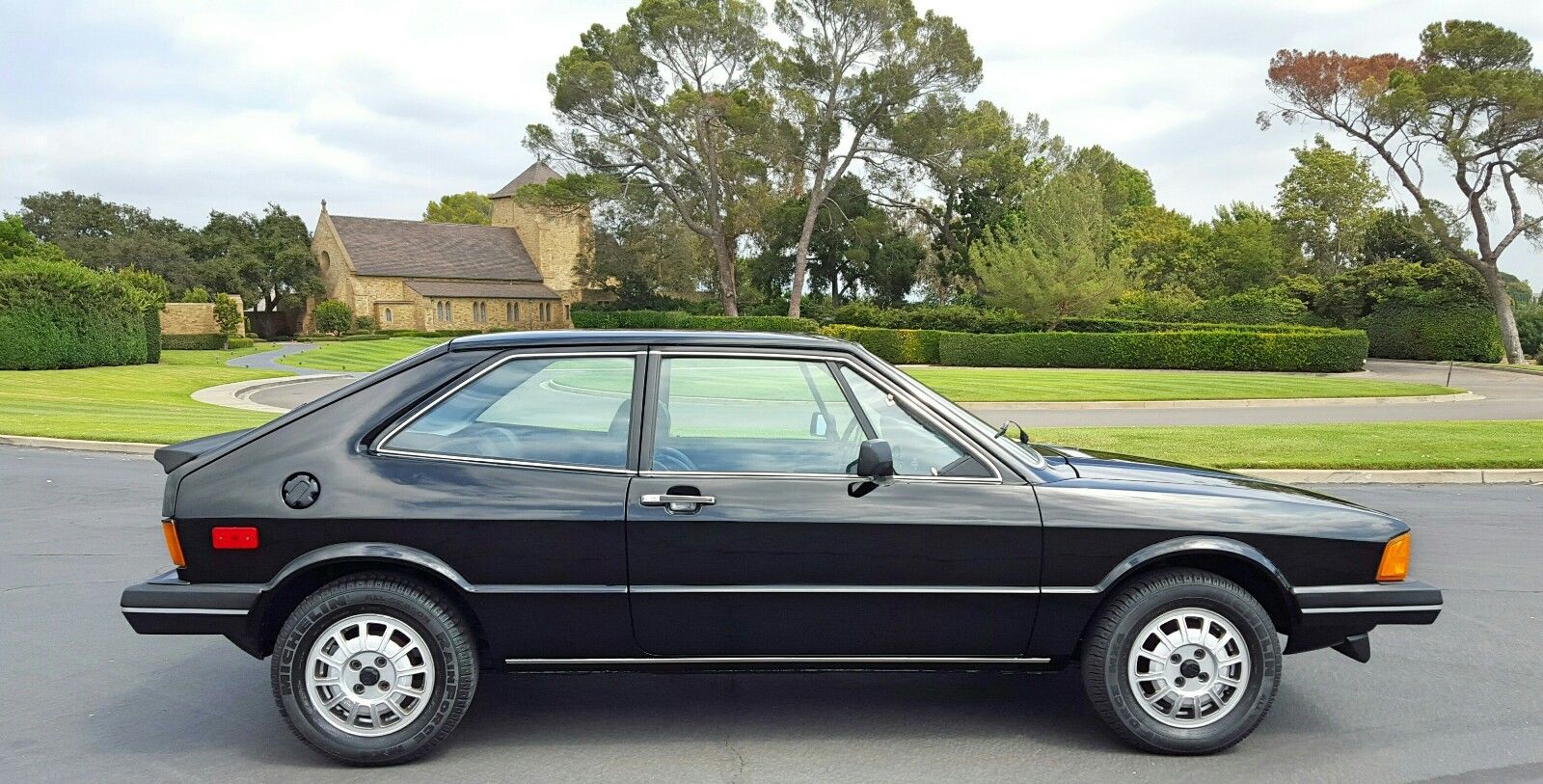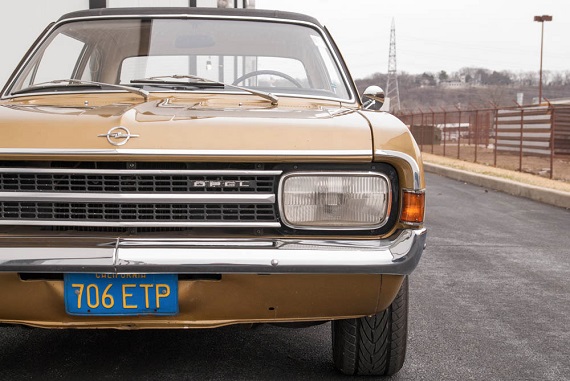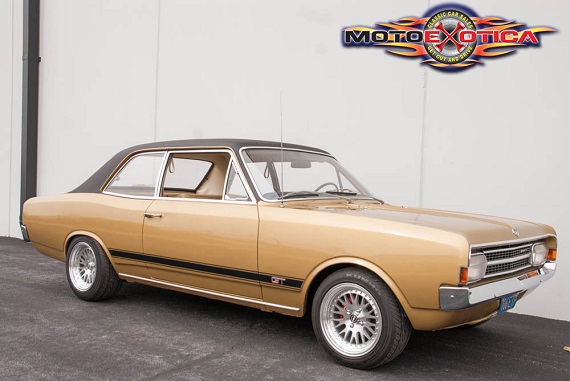
Update 6/1/18: The seller has dropped the price from the original $6,995 asking price to $5,995 today.
Continuing on the Volkswagen theme, and with the Roman Catholic-based holiday also in mind (our Orthodox friends celebrate next week!), let’s take a look at Volkswagen’s first foray into water-cooled products. The Golf was, of course, not marketed as the Golf in the United States, but the Rabbit. Ostensibly, the ‘Golf’ name followed in the convention of VW’s other wind-based products (Scirocco, Passat and Jetta) since Golf is German word for “Gulf” – it has nothing at all to do with the game, though a set of clubs would fit nicely in the back. But Volkswagen still won’t tell anyone why they changed the name to Rabbit in the United States. More concerning, they changed the name to ‘Caribe’ in Mexico. That’s a Piranha. At least our market had a more friendly mascot?
While the Beetle was certainly a tough act to follow be sold alongside of, the modern, convenient and completely practical Rabbit sold in droves at a time when fuel-conscious Americans were looking for solutions to their 19 foot long Lincoln Mk. V’s inability to clear 6 mpg. It’s 7.5 liter V8 with a 4-barrel carburetor managed to squeeze a massive 208 horsepower out of all that capacity. And that was the optional upgrade engine. Standard was a 6.6 liter version of the Cleveland V8 rated at only 166 horsepower, yet not really getting any better fuel economy. Of course, the Mk.V needed these giant motors as it was itself a giant. Curb weight was close to 5,000 lbs. So while the Rabbit seemed fairly insignificant in its stature by comparison, the reality was that it was a much better choice for most motorists.
To capitalize on the popularity, Volkswagen moved production of Rabbits from Germany to the United States for 1978. The move was signified by a shift towards rectangular square-beam headlights, just as we saw with yesterday’s early A2 Golf. Sales soared when gas prices did, too: between 1980 and 1984, Volkswagen sold over 620,000 Rabbits from Westmoreland. The sold a further 77,000 Rabbit Pickups – a creation solely aimed at North America, and now sought by some Europeans.
Because there were a lot of Rabbits produced, finding examples for sale even today isn’t all that hard. But low values have meant that restoration is really out of the question unless it’s your labor of love. However, things are beginning to change…
